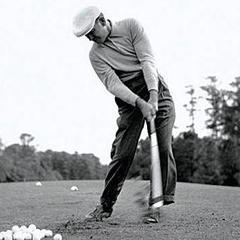IGNORED
Question about partially marked lateral hazard
Note: This thread is 3082 days old. We appreciate that you found this thread instead of starting a new one, but if you plan to post here please make sure it's still relevant. If not, please start a new topic. Thank you!
-
Topics Being Discussed Right Now on The Sand Trap
-
- 19,514 replies
- 1,045,944 views
-
- 360 replies
- 77,176 views
-
- 55 replies
- 1,860 views
-
- 6,549 replies
- 252,175 views
-
- 114 replies
- 12,912 views
-






Recommended Posts
Create an account or sign in to comment
You need to be a member in order to leave a comment
Create an account
Sign up for a new account in our community. It's easy!
Register a new accountSign in
Already have an account? Sign in here.
Sign In Now